 |
 |
 |
 |
 |
 |
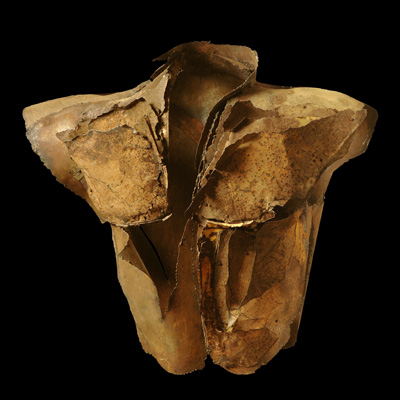
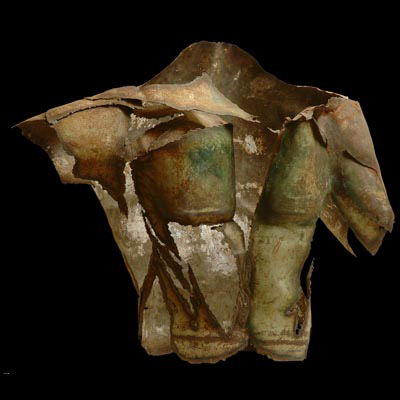
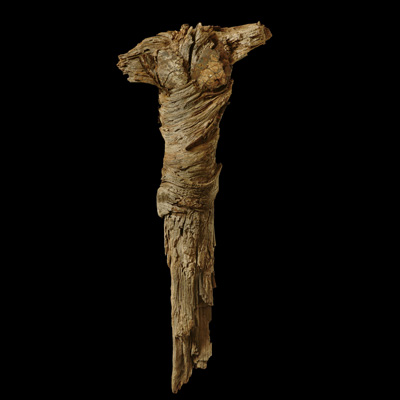
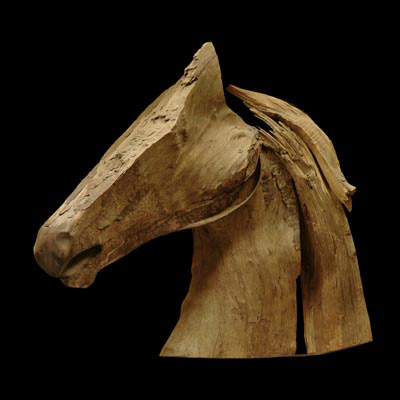
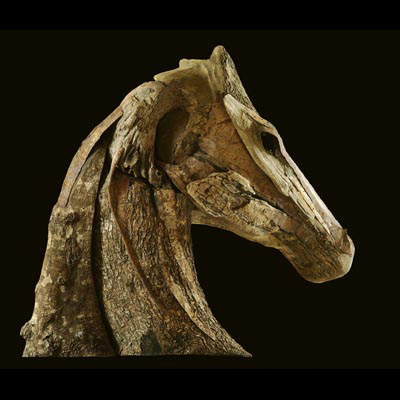
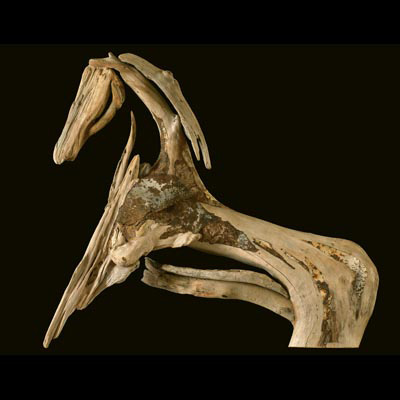
The main body of my work is sculpture.
One of the themes I like to explore is fragmentation. My sculptures are usually a fragment of a whole; they are figurative, but not realistic and mostly assembled from various pieces of separate or diverse materials breaking them down even further.
A very important part of my work are the materials used which very often comprise of driftwood, rusty tin, metal and other rejected items which I use in 'building up' the sculptures.
Scavenging for materials is a very important part of my work and creative process.
Pieces are sometimes 'recognized' and used immediately or lie around for years waiting to find their rightful place.
I use them not only because I like the corrosive effects of time and nature on them, which reflect the fragility of our existence, but also because they carry their own history. Each piece of material holding on to the other and creating a solid whole, like the gradual layering of experiences over time affect and build our personalities. Every vulnerable, tired, old and forgotten little piece is standing up to create a whole.
Fragmentation is very much a part of my visual heritage. I am used to seeing Ancient Greek sculptures which although rarely intact are solid, strong and sometimes complete in their broken state.
A few years ago I was fascinated by an Ancient Greek armour breastplate I saw in the Metropolitan Museum. I had already been working with the human torso for many years. This was a different viewing of a similar theme. A solid metal torso, strong and robust, to protect the empty space inside, where the warrior wearing it should have been.
Since then, I have explored the idea of the armour as a skin separating our inner and outer selves, often breaking it apart and examining the interior, the image and the feeling that it creates. Sometimes torn apart, sometimes patched together. The insides exposed, protected less, more or not at all by the armour.
Having explored the building up of sculptures from the various fragments to create a whole and having explored the whole being broken down either to many fragments or just devastated by time or battle or circumstance, I am now also exploring these images linearly but in a three dimensional representation. The essence of it all, with similar materials, down to a sculpture/sketch, that is trying to carry the strength and projection of being.
Columbia University was a wonderful experience for me. As a foreigner it gave me the possibility to live in New York for a few years in the early 80's at a time when art seemed to be at a peak. It was an extraordinary opportunity at the age of 21 to have a studio of my own.
I had two teachers at Columbia University who were amazing and are still friends. Reeva Potoff, my sculpture teacher and advisor, who pushed me to do the best I could, what an inspiration! Tony Harrison for printmaking, an untiring aesthetic and technical knowledge and an ability to impart it to others.
Teachers college with the classes in choreography that made me discover another great passion: dancing, choreography and making set design. Collaboration on dance sets with Nancy Cohen and Marianne Gunther for Angela Allyn.
Art Criticism courses with Dore Ashton and Irving Sandler who broadened my thinking.
I have memories of my time in New York like a collage of experiences:
And last but not least, friendships with fellow students, Nancy Cohen who is my best friend, Jane Zweibel, Marianne Gunther, Kitty Alward and Isabelle Tokumaru.